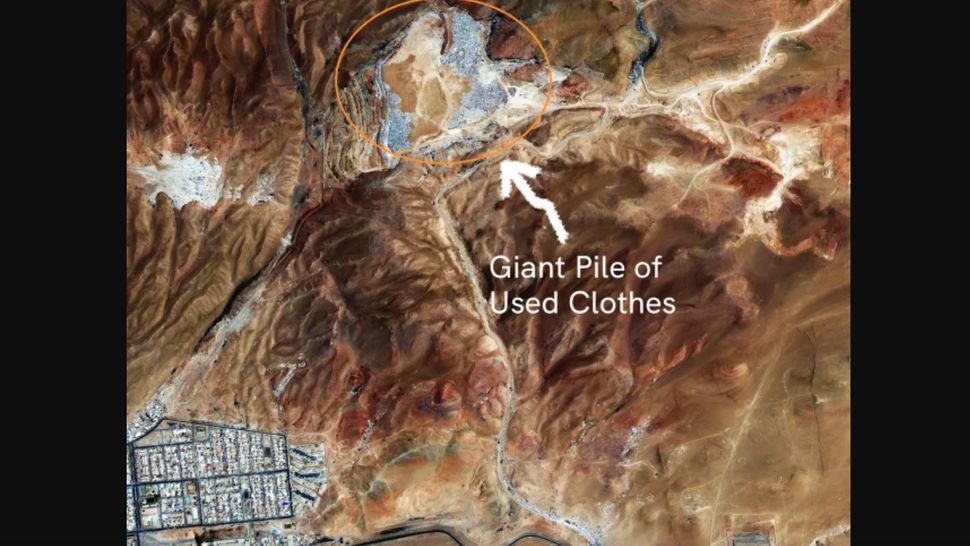Clothes are throwaway items now. Back In My Day, socks with holes in them were repaired; now, often enough, shirts are worn only a few times then tossed. Sometimes sent to thrift stores and the like, sometimes simply thrown out. But thrift stores have more clothes than they know what to do with. So often these discarded shirts and shorts are boxed up and shipped to third world countries where the trainloads of discards can be used to eliminate the local indigenous clothing production industry; this is why you often see some illiterate tribesman wearing a t-shirt emblazoned with the logo of some midwestern high school baseball team. At some point I suppose this global traffic in clothes might end, but likely not before many places lose the knowledge and ability to make their own clothes.
Anyway, it seems to me the obvious solution for this is so obvious that it’s obvious: FIRE. Clothes are largely made from plastic and cotton; these will happily burn. Sure, some unfortunate fumes will be generated, from the toxic to the CO2; but if incinerated in a large and modern facility this can not only be done fairly cleanly it can also generate a lot of power. Use the combustion to boil water, run the steam past turbines, shazam, electricity. But for whatever reason we don’t much burn our garbage these days, preferring instead to burn rocks and goop we dug up out of the ground. So what happens to all these discarded garments?
If you’re Chile, you dump them in the desert. There it can be picked through by locals and by a company that is trying to separate out the various materials and make something of them.
High fashion! Mountain of discarded clothes in Chilean desert is visible from space (satellite photo)
A recent satellite photo shows the pile:

It’s a little difficult to judge scale from that. At lower left you can see an urban area; the pile is clearly a number of city blocks in expanse.
An article from 2021 shows the pile (from the ground) as it existed in 2021. It was *huge:*
Chile’s desert dumping ground for fast fashion leftovers
Here’s the location on Google Maps, satellite view:
Interestingly, the Google Maps satellite photo, which seems to have been taken in July of 2022, shows just bare Earth. It seems that there was a huge pile in 2021, it was dealt with in 2022, and its huge again in 2023. So processing seems to be keeping up. Or… when the photo was taken in 2022, the pile had been buried in the dirt.